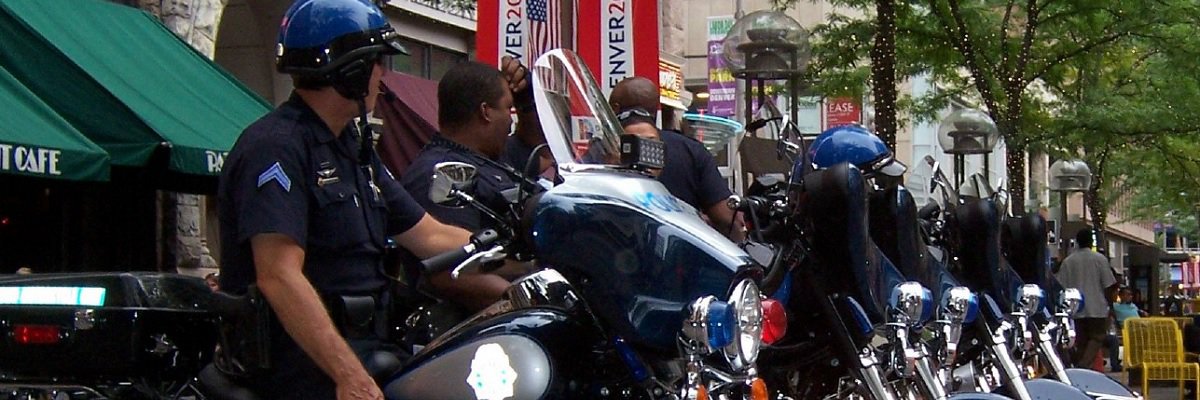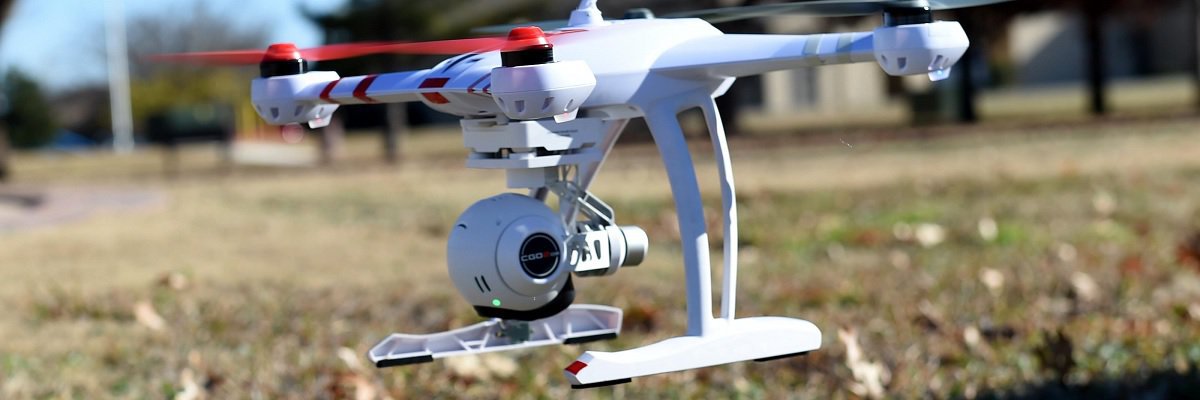Drug Enforcement Administration training documents released to MuckRock user C.J. Ciaramella show how the agency constructs two chains of evidence to hide surveillance programs from defense teams, prosecutors, and a public wary of domestic intelligence practices.
In training materials, the department even encourages a willful ignorance by field agents to minimize the risk of making intelligence practices public.
The DEA practices mirror a common dilemma among domestic law enforcement agencies: Analysts have access to unprecedented streams of classified information that might prove useful to investigators, but entering classified evidence in court risks disclosing those sensitive surveillance methods to the world, which could either end up halting the program due to public outcry or undermining their usefulness through greater awareness.
An undated slide deck released by the DEA to fleshes out the issue more graphically: When military and intelligence agencies “find Bin Laden’s satellite phone and then pin point [sic] his location, they don’t have to go to a court to get permission to put a missile up his nose.” Law enforcement agencies, on the other hand, “must be able to take our information to court and prove to a jury that our bad guy did the bad things we say he did.”
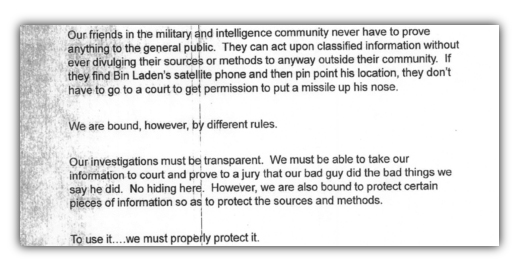
The trainer’s notes continue, “In the old days, classified material was poison. In some ways, it still is… because if treated incorrectly, it can screw up your investigation.”
A tactic known as “parallel construction” allows law enforcement to capitalize on intelligence information while obscuring sensitive sources and surveillance methods from the prosecution, defense and jury alike. DEA training documents suggest this method of reconstructing evidence chains is widely taught and deployed.
Last August, Reuters first reported on the practice of parallel construction by the DEA’s Special Operations Division (SOD), a secretive unit that includes representatives from the FBI, CIA and NSA. Slides obtained by Reuters defined the method as “the use of normal investigative techniques to recreate the information provided by SOD.” But documents released to Ciaramella indicate that DEA trainers routinely teach the finer points of parallel construction to field agents and analysts across the country, not just within SOD.
The bulk of the release comprises eight versions of a training module, “Handling Sensitive Information.” Per lesson cover sheets, the module was created in 2007 for inclusion in entry-level analyst training programs, as well as for workshops at DEA field offices. The most recent dated revision in the release is from May 2012:
The module puts the issue of using sensitive intelligence in law enforcement a bit more delicately. Per the 2012 lesson plan, the main problem with combining intelligence collection with law enforcement investigations “is the high potential for disclosure of these sensitive sources of information in our open, public trial system.”
In addition to potential national security risks of exposing classified information and constitutional quandaries, an earlier version of the module highlights another issue with introducing sensitive or clandestine evidence into domestic trials: “Americans don’t like it.”
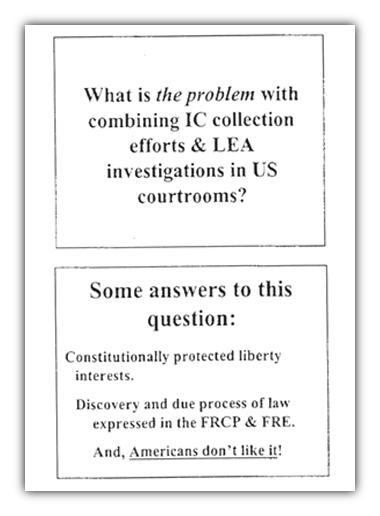
The instructor’s notes from the same revision clarify the public pushback rationale.

Given the “fish bowl” nature of law enforcement work, DEA Academy graduates are guided to only use techniques “which are acceptable to our citizens.”
Controversy notwithstanding, parallel construction apparently makes the DEA’s list of such palatable techniques. The modules make clear that the idea is to shape evidence chains so that neither the prosecution nor the defense are to be made aware of classified information, if it can be helped.
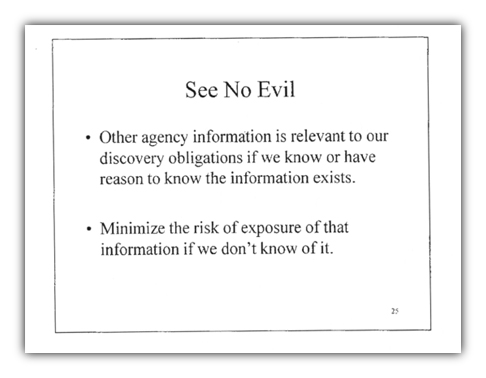
When the court is made aware of classified evidence, a wholly separate—if unfortunately named—squad of prosecutors called the Taint Review Team will consult with the judge to determine which evidence must be turned over to the defense.
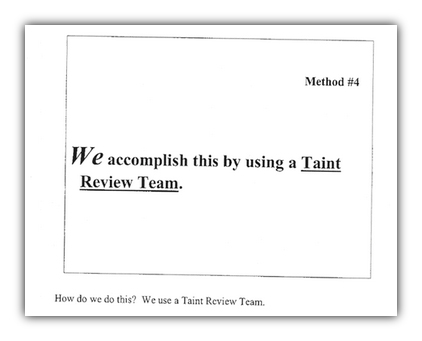
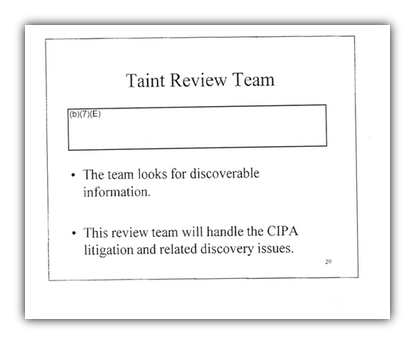
As described in the released portions of the module, parallel construction simply entails splitting the prosecutorial labor, with a Taint Review Team tackling pre-trial review so the trial prosecutor encounters as little classified evidence as possible.
But the released training modules provide no guidance on key issues noted in documents obtained by Reuters last August. In particular, the SOD slides barred agents from disclosing classified sources on affidavits or in courtroom testimony. Under this strain of parallel construction, the court would never know the classified origins of an investigation.
“You’d be told only, ‘Be at a certain truck stop at a certain time and look for a certain vehicle.’ And so we’d alert the state police to find an excuse to stop that vehicle, and then have a drug dog search it,” as one former federal agent described the process to Reuters.
While there are no direct references to protocols of this kind, three additional slide decks released to Ciaramella cover traffic stops and drug dog sniffs extensively. These presentations are heavily redacted, but released portions address the advantages of pairing “tip information” and “vertical information transfers” with routine traffic stops as a pretext for making an arrest.
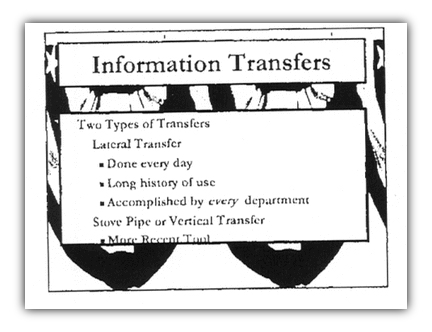
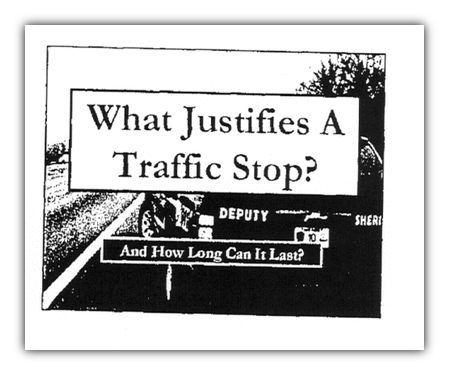
This same presentation offers guidance to officers wondering whether they should lie under oath rather than reveal that information came from a classified source.
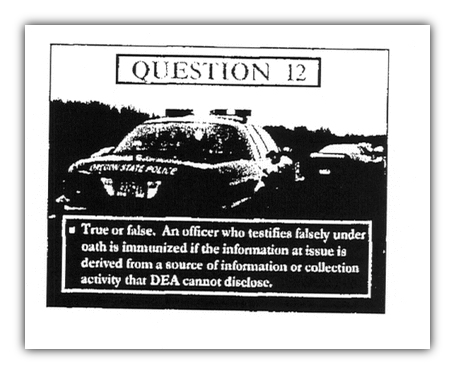
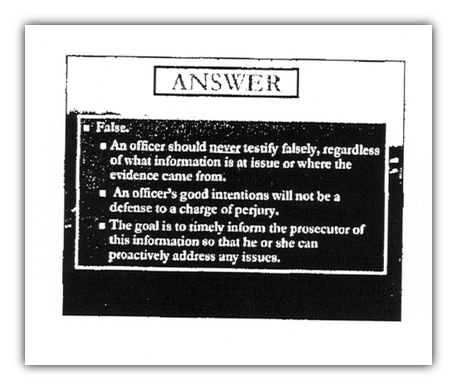
DEA trainers advise officers in this position to let the prosecutor know “so that he or she can proactively address any issues” with the evidence in question, regardless of “where the information came from.”
The unprecedented window these training documents give into the parallel construction method still leaves many questions unanswered, especially when it comes to logistics and legal justifications. What could not be clearer, though, is the DEA’s stance that law enforcement must vigilantly protect intelligence resources by all possible means.
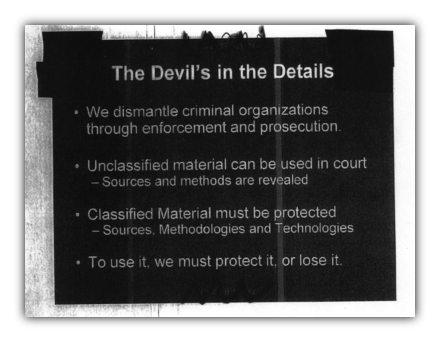
Read the manual embedded below, or on the request page.
Image via DEA.gov


